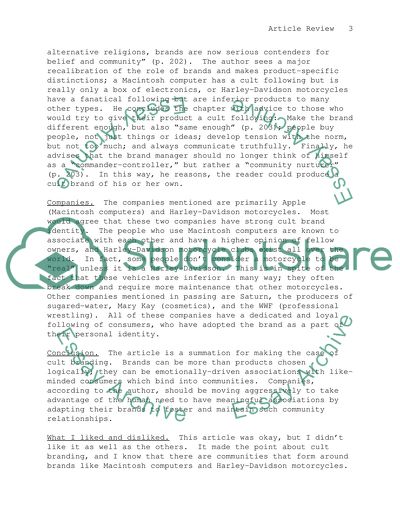You Belong Essay Example | Topics and Well Written Essays - 750 words. Retrieved from https://studentshare.org/sociology/1512844-cult-brands
You Belong Essay Example | Topics and Well Written Essays - 750 Words. https://studentshare.org/sociology/1512844-cult-brands.


